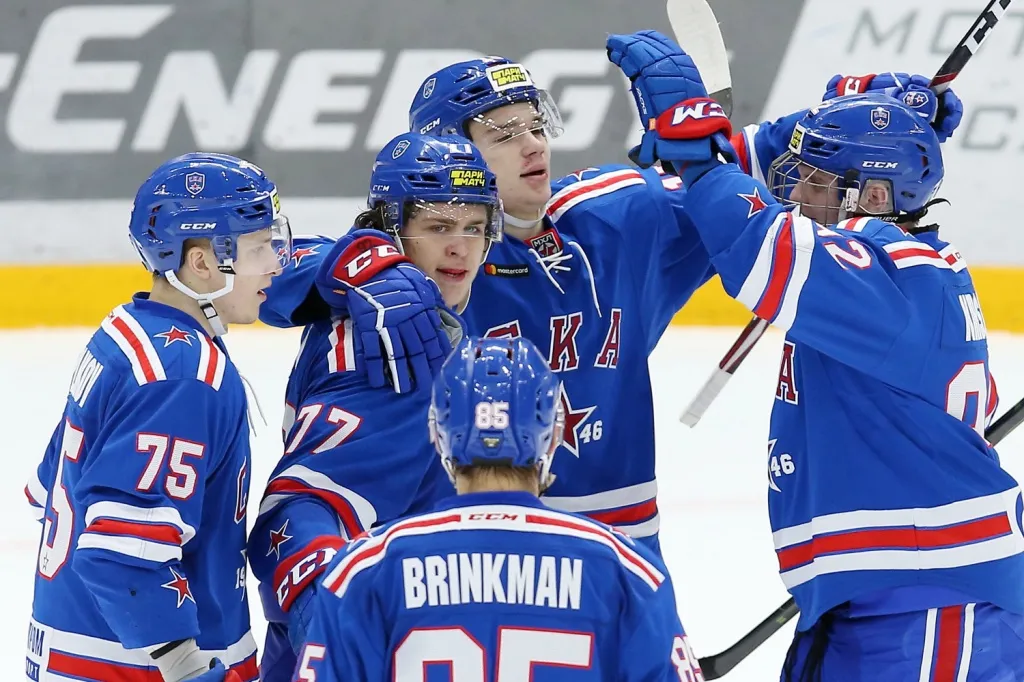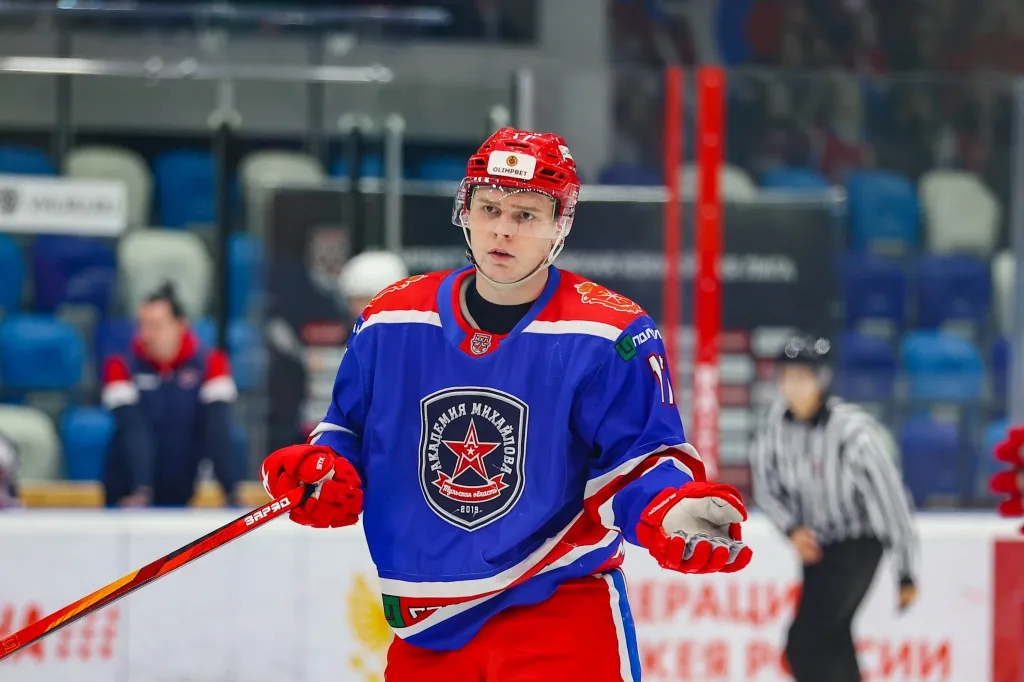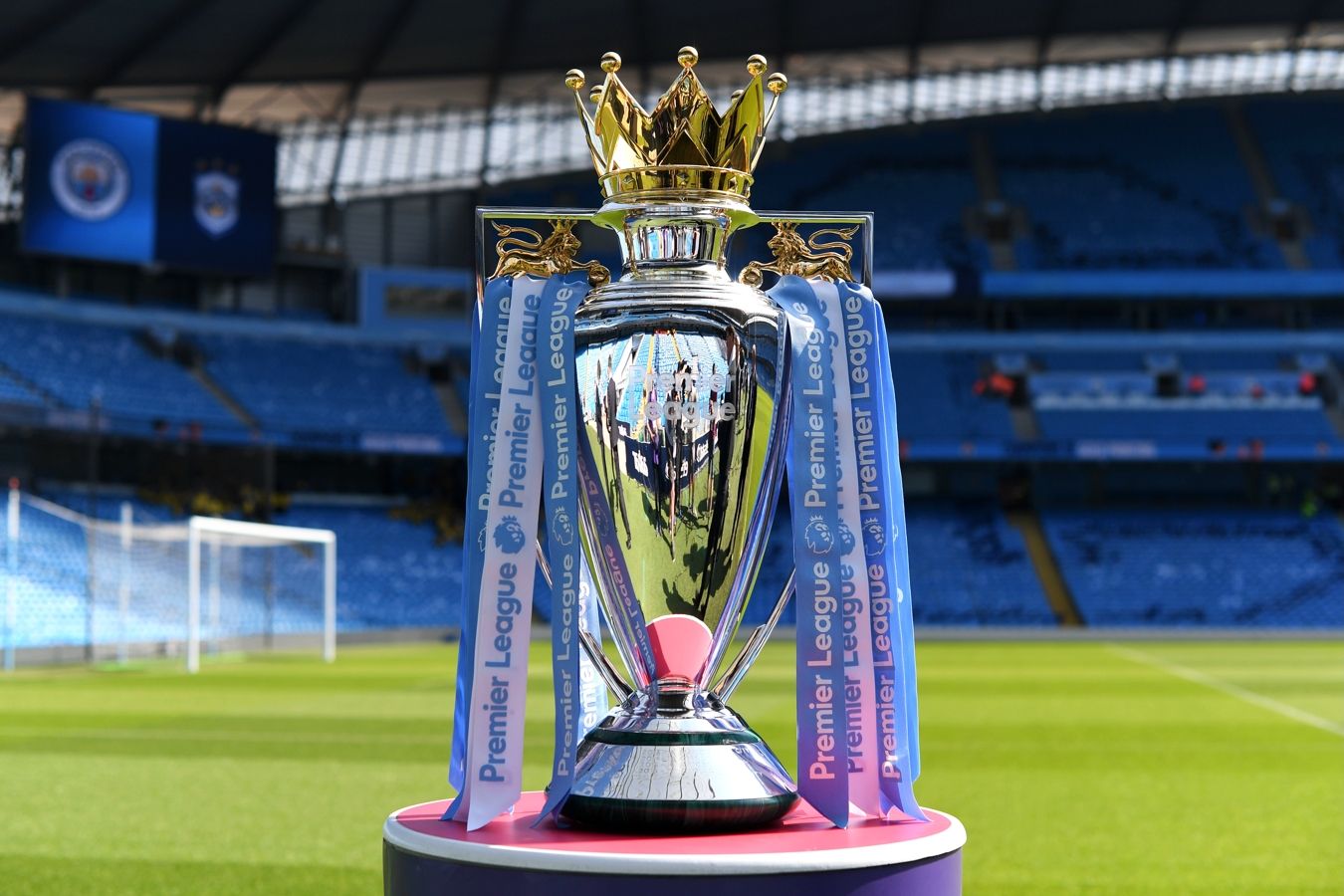The Junior Hockey League (MHL) is the forge of the future stars of Russian ice hockey. Here, players take their first steps towards the top of their professional careers and the foundations are laid for future success. The league, founded in 2009, surprises with new names every year and if you understand the mechanics of the league, you will know in advance who will be the next leader on the ice.
What is the MHL draft and how is it held?
The draft is the most important moment for young athletes who dream of a professional career. It gives everyone a chance to prove themselves in hockey and a chance to be part of the MHL team. Every summer, coaches analyse the previous season’s results, evaluate potential and prepare strategies for future selections. It is not only a chance for players to start their careers, but also for teams to refresh their rosters and find players who will ensure future success.

The role of agents in the MHL Draft
Agents play an important role in the draft. They help young talents prepare, negotiate and promote hockey players. They work with coaches and team representatives to ensure their client gets the best offer. Agents deal with coaching, strategies and help a player stand out among hundreds of other talents.
MHL Playoffs: the battle for the main trophy
The playoffs are when each team shows its best side. The MHL teams start preparing for this phase long before the first hockey games: they hold intensive training sessions, work out tactics and adjust the athletes psychologically. Coaches play a key role; they create the conditions in which each hockey player performs at his best. Using innovative training methods and specific psychological programmes helps prepare for the emotional stress of knockout games.
Tactics and strategy in decisive games
 The playoffs are a time when even the smallest mistake can change everything. The stakes are high in the MHL, so coaches develop detailed tactical schemes, taking into account the opponent’s strengths and weaknesses. A lot of attention is paid to defence and counterattacks, but also to the game on the pitch, where the support of the home fans can play a decisive role. In 2019, Team Loko won their match thanks to well-coordinated play in defence and successful counter-attacks.
The playoffs are a time when even the smallest mistake can change everything. The stakes are high in the MHL, so coaches develop detailed tactical schemes, taking into account the opponent’s strengths and weaknesses. A lot of attention is paid to defence and counterattacks, but also to the game on the pitch, where the support of the home fans can play a decisive role. In 2019, Team Loko won their match thanks to well-coordinated play in defence and successful counter-attacks.
The stars of the MHL and their path to the hockey summit.
This is where future stars are born, and every name here is a story of struggle and success. Kirill Kaprizov, for example, started his hockey journey in the MHL and showed incredible skill and perseverance. He moved to the KHL and soon confirmed his importance to the national team. The transition of players from the MHL to the KHL is often accompanied by enormous expectations, and those who overcome this pressure become the new stars of the hockey world.
Success stories:
- Ilya Sorokin: Starting in the MHL, Sorokin showed incredible hockey confidence and technique, which quickly caught the attention of KHL scouts. At the age of 20, he has become the starting goalie of one of the top teams in the KHL, with a maturity and skill not befitting his age.
- Andrei Svechnikov: He went through all stages of training in the MHL, standing out among other young players. Andrei continued his career in North America, where he successfully debuted in the NHL and became one of the best attackers of his generation.
- Pavel Karnaukhov: He initially played in the MHL, but his excellent fitness and hard training allowed him to quickly transfer to the KHL. There, Pavel not only established himself in the main squad, but was also called up to the Russian national team, where he played decently at international level.
- Vladimir Tkachev: Pavel has come a long way from rookie in the MHL to one of the leading attackers in the KHL. His story is an example of how perseverance and constantly working on yourself can yield important results on the ice.
- Alexander Romanov: He started as a defenceman in the MHL, where he stood out for his disciplined play and ability to quickly adapt to the opponent’s hockey style. He later moved to the KHL and then successfully to the NHL, where he continues to develop and delight fans with his play.
What helps players stand out?
Coaches are always looking for talents with high motivation, excellent physical fitness and the ability to make quick decisions on the ice. Being able to adapt to different game situations is also important. By working with professional coaches and the support of experienced agents, players can progress faster and stand out from the crowd. Determination and teamwork help young hockey players succeed.
Impact of the MHL on the development of ice hockey in Russia: support programmes for young ice hockey players
The Youth Hockey League actively develops programmes to support young talents, offering them opportunities to train and participate in international tournaments. The ‘Hockey for All’ system helps young athletes develop their potential, regardless of their region, and encourages their professional development.
Influence of infrastructure on players’ success
Hockey infrastructure development is a key factor in the success of young athletes. A stadium, high-quality training facilities and access to modern equipment contribute to effective training. In recent years, Russia has invested in building new stadiums and training facilities, allowing young talents to train in the best conditions and improve their level.
Modern gyms with specialised equipment and artificial ice fields where players can train regardless of the season are important. Conditions have a direct impact on athletes’ success in competition and their advancement to a higher level. Also important is the availability of qualified technical staff and medical support, which helps young hockey players recover from injuries faster and stay fit.

Forging future stars
 The MHL is the foundation on which the future of Russian ice hockey is built. Here, on the ice of the youth stadiums, new stars are born, future champions formed and success stories created. Thanks to the MHL, many players get the chance to prove themselves, advance to the KHL and even advance to the national team. The Youth Hockey League is not just a league, but also a place where the road to the top of great sport begins.
The MHL is the foundation on which the future of Russian ice hockey is built. Here, on the ice of the youth stadiums, new stars are born, future champions formed and success stories created. Thanks to the MHL, many players get the chance to prove themselves, advance to the KHL and even advance to the national team. The Youth Hockey League is not just a league, but also a place where the road to the top of great sport begins.
 en
en  ru
ru  de
de  ar
ar  es
es  nl
nl  hi
hi  fr
fr  it
it  pt
pt  el
el 










